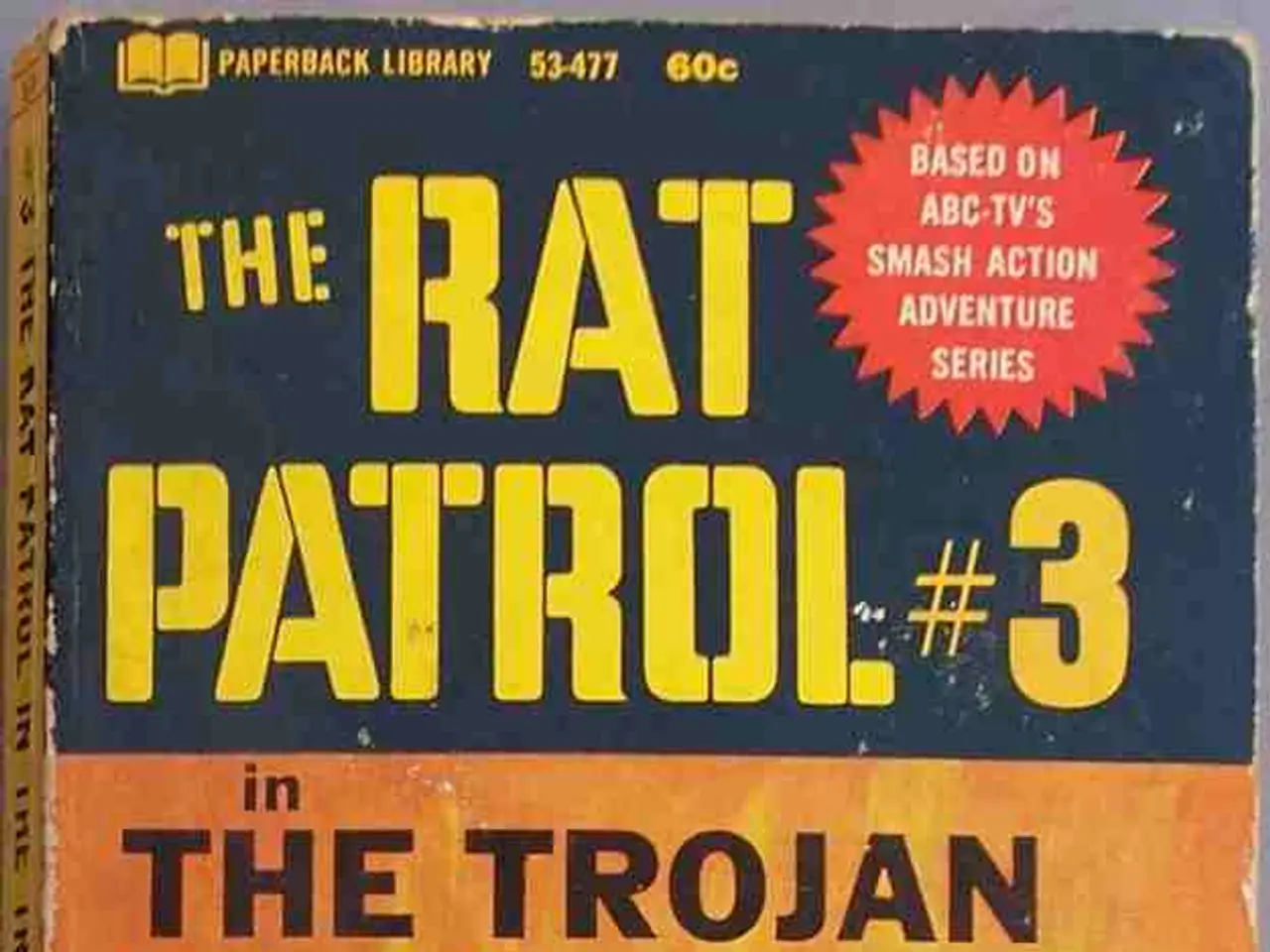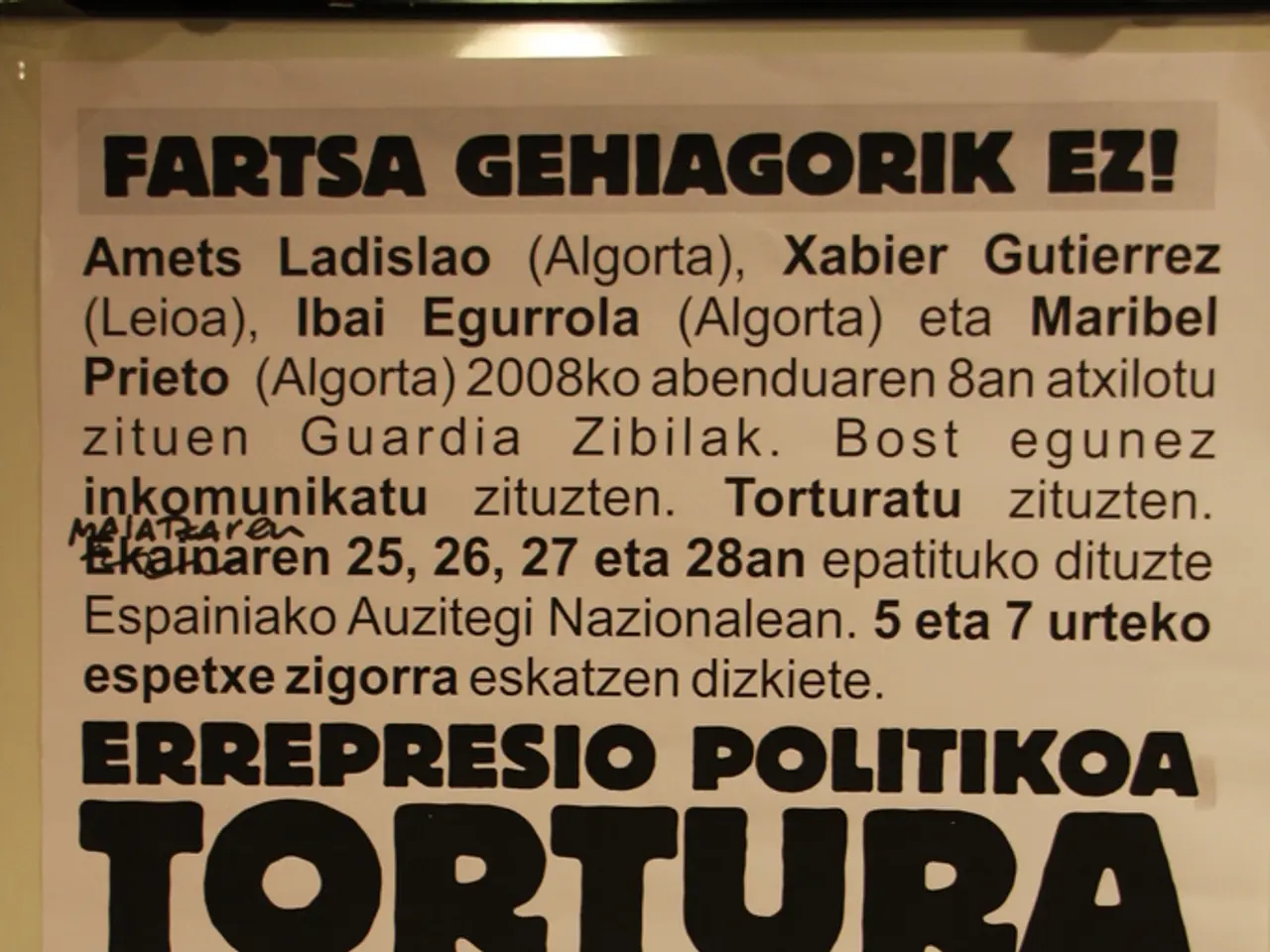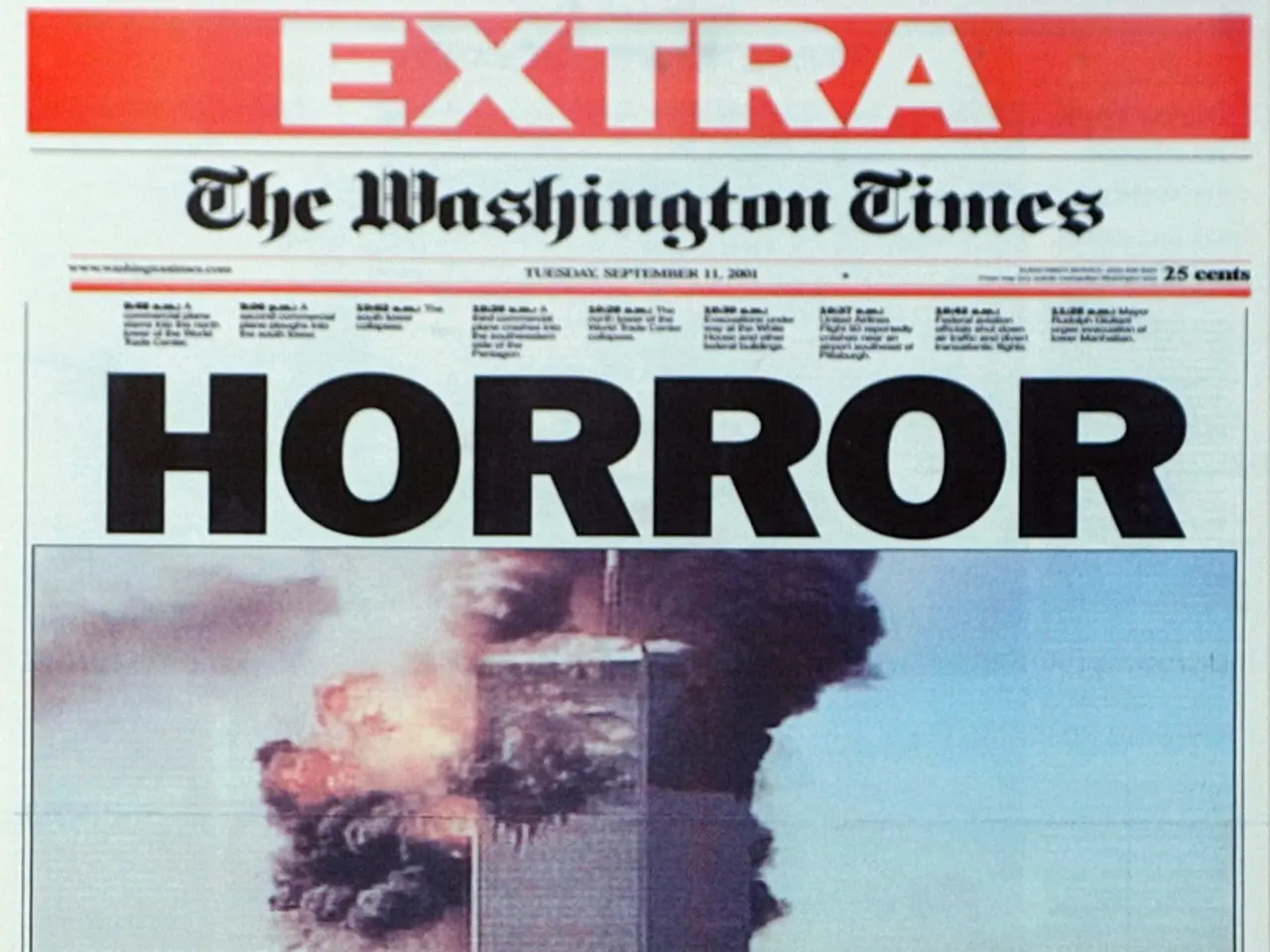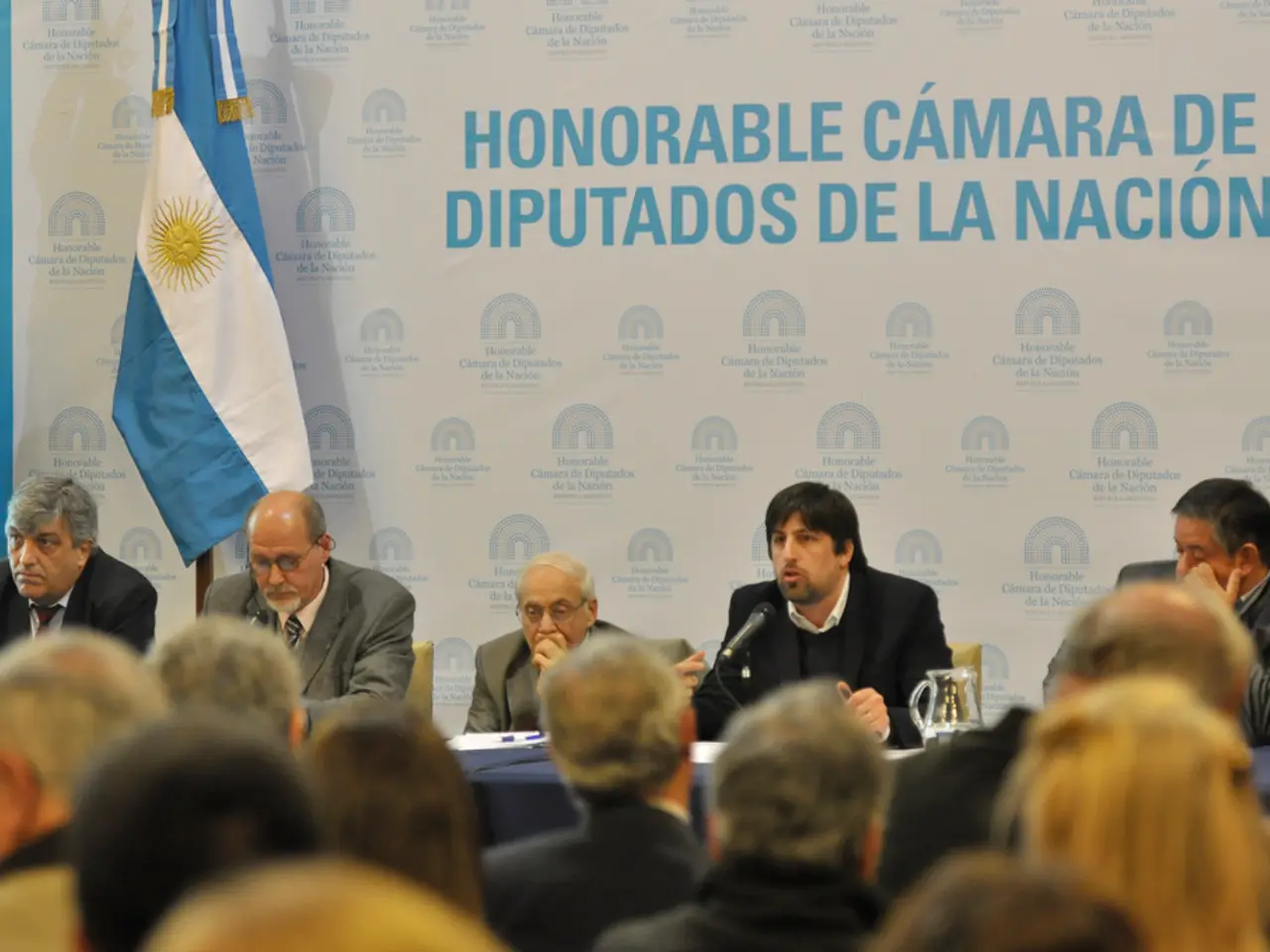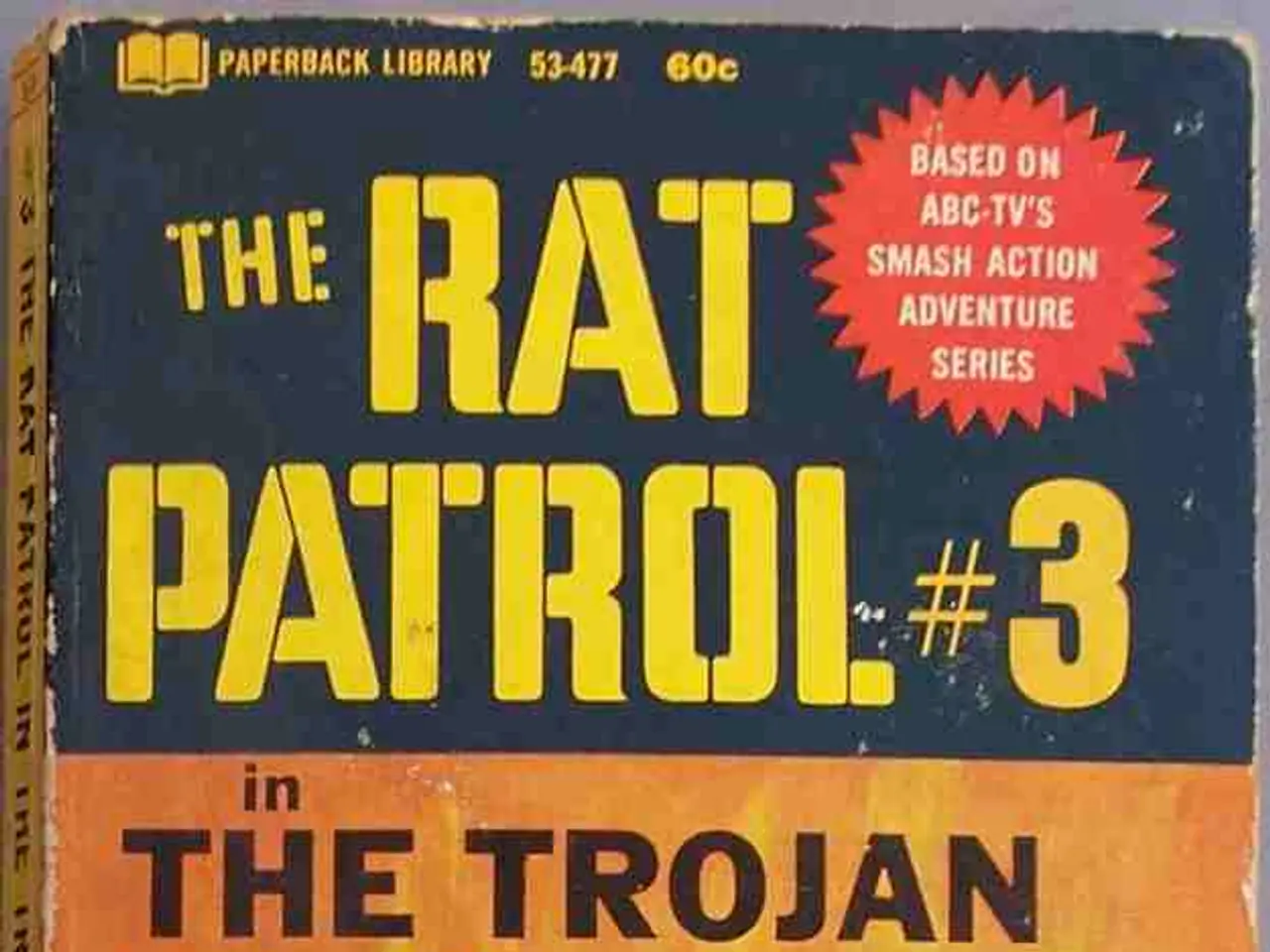Sky Thunder Echoes Across Globe, Highlighting Jupiter's Dominance
In a chilling development, experts are warning that the risk of nuclear war is at one of its highest levels in decades. This heightened danger is due to ongoing conflicts involving nuclear-armed states, the expansion of nuclear arsenals, and disruptive new technologies like artificial intelligence (AI) and misinformation.
The war in Ukraine between Russia and NATO-backed Ukraine is a key factor, with Russia being a major nuclear power. Tensions in the Middle East, including US and Israeli attacks on Iranian nuclear facilities and Iran’s advancing nuclear capability, add volatility. Meanwhile, India and Pakistan’s recent clashes in May and ongoing nuclear arsenal expansions illustrate the threat in South Asia.
AI and misinformation amplify the risk by creating confusion and uncertainty around decision-making, which could lead to misinterpretations or accidental escalation. The nuclear landscape is no longer dominated by the US and Russia alone but involves China as a nuclear superpower and growing arsenals in North Korea and potentially Iran, complicating deterrence.
US-Russia exchanges of nuclear threats continue to raise fears of a wider conflict that could escalate into nuclear war. Recent examples include redeployments of nuclear-capable submarines in response to provocative statements from Russian officials. This ongoing high-tension dynamic underlies much of the global expert concern.
Russian President Vladimir Putin has issued a warning that Russia's nuclear policy has changed in response to US/NATO/Ukraine's attacks inside Russia. He stated that aggression against Russia by any non-nuclear state, with the participation or support of a nuclear state, is proposed to be considered as a joint attack on the Russian Federation. Putin added that Russia reserves the right to use nuclear weapons in the event of aggression against Russia and Belarus.
Scott Ritter, a former U.S. Marine and UN weapons inspector, is among those warning of the closeness of a nuclear war today. He has written an article titled "Life Preempted," in which he states that one should be thinking about the end of the world due to the nearness of nuclear war.
In a stark reminder of the potential consequences of nuclear war, the Bulletin of the Atomic Scientists recently set the Doomsday Clock to 89 seconds to midnight, reflecting how close humanity is to potential nuclear catastrophe—closer than ever before. They highlighted that the risk is not an outdated Cold War relic but is increasing due to numerous intersecting geopolitical tensions and technological risks.
In response to this growing danger, a world-wide antinuclear movement is suggested as a necessary response. The living masks, a metaphor for the global population, are described as wearing thin, with the need for vast numbers to arise from their sleep and oppose a potential world war. The living masks are also described as performing at the Devil's Masquerade Ball, which is the charade we call American Exceptionalism or The American Way of Life.
The danger of a nuclear war has increased dramatically due to the Biden administration's support for Ukraine and Israel. The Cuban Missile Crisis, a close call with nuclear annihilation, occurred in October 1962, making the month of October a poignant reminder of the potential for peace and happiness, but also the potential for unexpected hardships, as suggested by Bob Dylan's song "A Hard Rain's A-Gonna Fall."
[1] "The Bulletin of the Atomic Scientists: Nuclear War Risk at Highest Level Since Cold War." (2023). [2] "Foreign Affairs: The Destruction of Russia, Regime Change, and the Removal of Vladimir Putin." (January/February 2023). [3] "The Washington Post: US-Russia Nuclear Threats Escalate Amid Ukraine Conflict." (2023).
- The rise of nuclear war risk to its highest level since the Cold War is a concern addressed in articles, such as "The Bulletin of the Atomic Scientists: Nuclear War Risk at Highest Level Since Cold War," which underscores the need for awareness and action.
- In a bid to address the expanded nuclear threat landscape, experts offer insights on geopolitical tensions and technological risks in publications, like "Foreign Affairs: The Destruction of Russia, Regime Change, and the Removal of Vladimir Putin."
- Amid ongoing conflicts and rising nuclear-armed states, the precarious situation is further complicated by AI and misinformation, with contributors to The Washington Post discussing the challenges posed by US-Russia nuclear threats and the Ukraine conflict in articles such as "US-Russia Nuclear Threats Escalate Amid Ukraine Conflict."
